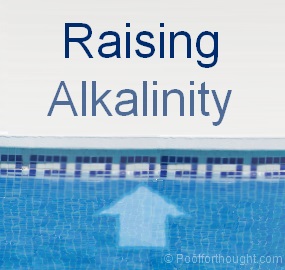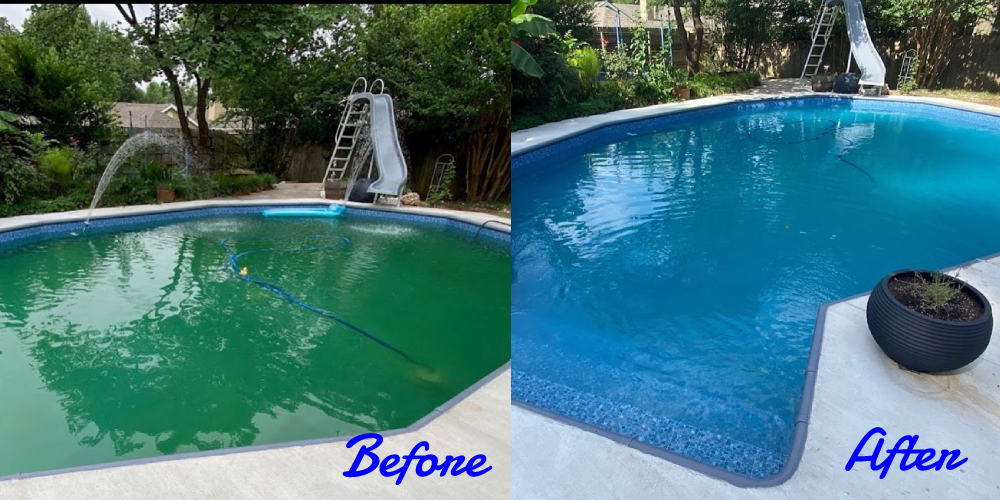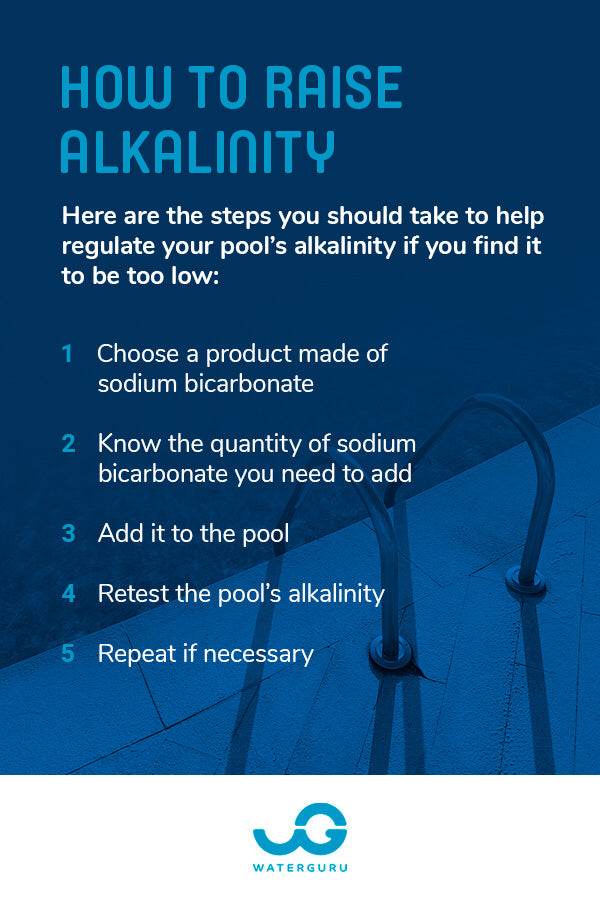Having the right balance of chemicals in your pool is essential for maintaining clear water and a healthy swimming environment. One crucial factor to consider is the alkalinity levels in your pool. Alkalinity helps stabilize the pH levels, preventing rapid fluctuations that can lead to corrosion, scale buildup, and ineffective sanitization. In this guide, we will discuss how to boost alkalinity in your pool effectively.
Why Alkalinity Matters
Alkalinity acts as a buffer for your pool’s pH levels, helping to keep them stable. Low alkalinity can result in acidic water, which can cause damage to pool equipment, irritate swimmers’ skin and eyes, and lead to an overall unpleasant swimming experience. On the other hand, high alkalinity can make the water cloudy and scale-prone. The ideal range for alkalinity in a pool is typically between 80-120 parts per million (ppm).
Testing Alkalinity Levels
The first step in boosting alkalinity is to test the current levels in your pool. You can use a pool test kit or test strips specifically designed to measure total alkalinity. Follow the manufacturer’s instructions for accurate results. Once you have determined the current alkalinity level, you can proceed with adjusting it to the recommended range.
Methods to Boost Alkalinity
There are several methods you can use to increase alkalinity in your pool:
- Baking Soda: One of the most common ways to raise alkalinity is by adding baking soda (sodium bicarbonate) to the pool. Baking soda is readily available at most stores and is a safe and effective way to increase alkalinity levels.
- Sodium Bicarbonate: Sodium bicarbonate is another alkalinity booster that is specifically formulated for pools. It is quick dissolving and easy to apply, making it a convenient option for adjusting alkalinity levels.
- Alkalinity Increaser: Alkalinity increaser products are commercially available and are designed to raise the total alkalinity in pools. Follow the manufacturer’s instructions for the proper dosage based on your pool size.
Step-by-Step Guide to Boosting Alkalinity
Here is a step-by-step guide to help you boost alkalinity in your pool:
- Calculate the Required Amount: Based on your pool’s size and current alkalinity levels, calculate the amount of alkalinity booster needed to reach the ideal range.
- Pre-Dissolve the Alkalinity Booster: If using granular products, pre-dissolve them in a bucket of water to ensure even distribution in the pool water.
- Distribute the Booster: Slowly pour the dissolved alkalinity booster around the perimeter of the pool while the filtration system is running to help distribute it evenly.
- Wait and Retest: Allow the pool water to circulate for several hours or as recommended by the product instructions. Retest the alkalinity levels to ensure they have reached the desired range.
- Monitor Regularly: Check the alkalinity levels regularly to maintain proper balance and make adjustments as needed.
Additional Tips for Maintaining Alkalinity
In addition to boosting alkalinity when needed, here are some tips to help maintain balanced alkalinity levels in your pool:
- Monitor pH Levels: Keep an eye on the pH levels as they are closely related to alkalinity. Maintain pH between 7.4-7.6 for optimal results.
- Use Alkalinity Increaser Sparingly: Avoid adding too much alkalinity booster at once, as this can lead to high alkalinity levels and cloudiness in the water.
- Regularly Test Water: Test the pool water weekly to catch any fluctuations in alkalinity early and prevent potential issues.
- Balance Other Chemicals: Ensure that all other pool chemicals, such as chlorine and stabilizer, are also balanced to maintain a healthy swimming environment.

Credit: poolforthought.com

Credit: theelitepool.com
Conclusion
Boosting alkalinity in your pool is a crucial step in maintaining water quality and providing a safe and enjoyable swimming experience. By following the steps outlined in this guide and monitoring your pool’s alkalinity levels regularly, you can ensure that your pool water remains balanced and inviting for all swimmers.
Remember, always follow manufacturer instructions when adding chemicals to your pool and consult a professional if you are unsure about the proper steps to take. With proper care and attention, you can enjoy a crystal-clear pool with perfectly balanced alkalinity levels.





